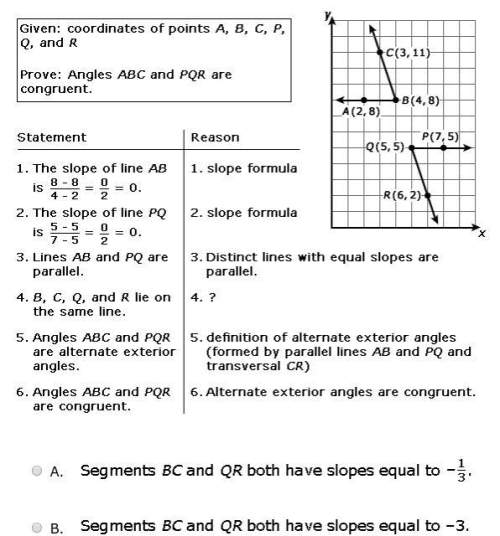Which is the graph of f(x) = (2)-x ?
on a coordinate plane, an exponential function approache...

Mathematics, 18.11.2019 02:31, RioQNA
Which is the graph of f(x) = (2)-x ?
on a coordinate plane, an exponential function approaches y = 0 in quadrant 2 and increases into quadrant 1. it crosses the y-axis at (0, 1).
on a coordinate plane, an exponential function approaches y = 0 in quadrant 1 and increases into quadrant 2. it crosses the y-axis at (0, 1).
on a coordinate plane, an exponential function approaches y = 0 in quadrant 1 and increases into quadrant 2. it crosses the y-axis at (0, 2).

Answers: 3
Other questions on the subject: Mathematics

Mathematics, 21.06.2019 22:00, juniorracer148
For [tex]f(x) = 4x + 1[/tex] and (x) = [tex]g(x)= x^{2} -5,[/tex] find [tex](\frac{g}{f}) (x)[/tex]a. [tex]\frac{x^{2} - 5 }{4x +1 },x[/tex] ≠ [tex]-\frac{1}{4}[/tex]b. x[tex]\frac{4 x +1 }{x^{2} - 5}, x[/tex] ≠ ± [tex]\sqrt[]{5}[/tex]c. [tex]\frac{4x +1}{x^{2} -5}[/tex]d.[tex]\frac{x^{2} -5 }{4x + 1}[/tex]
Answers: 2

Do you know the correct answer?
Questions in other subjects:



Engineering, 17.03.2021 23:40





Mathematics, 17.03.2021 23:40

Mathematics, 17.03.2021 23:40









